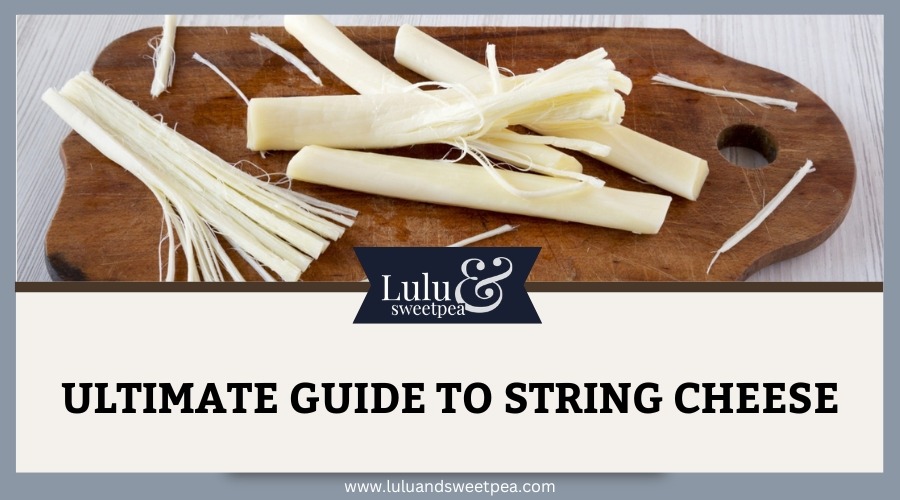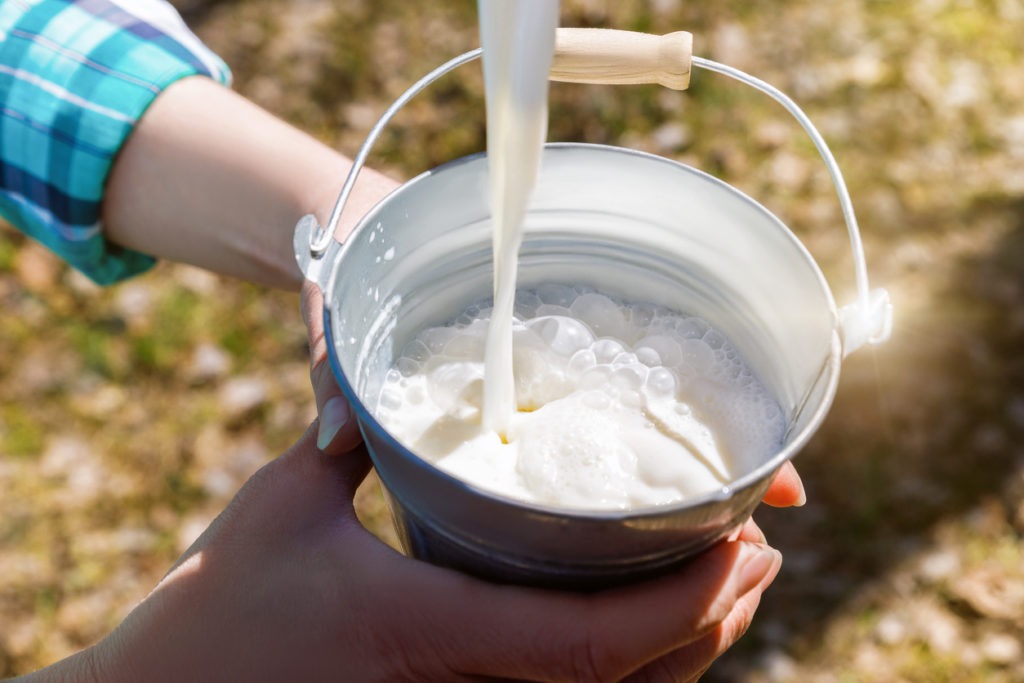The majority of individuals often eat string cheese as a snack. While some enjoy biting them, others enjoy peeling them. However, eating a string cheese is always fun no matter how you do it. But did you know that string cheese refers to numerous varieties of cheese? Their proteins are aligned during manufacturing, which makes them stringy.
Mozzarella cheese is the one that is most frequently used to make string cheese. Its milk proteins will line up when cooked to 60°C or 140°F and then stretched, making it possible to detach strings or strips from the bigger cheese. Additionally, string cheese might vary by country. You’re in the proper place if you’d like more information about it.
String Cheese in Different Parts of the World
Central Europe
Korbáiky, a sort of string cheese, is popular in Slovakia. It is a smoked or unsmoked cheese made from salty sheep’s milk. By hand-pulling the steamed sheep’s cheese into strings and then braiding them, this string cheese is traditionally prepared. Versions of this cheese made with cow’s milk are also available throughout Central Europe.
Eastern Europe and West Asia
Dilpeyniri, often known as Dil Cheese, is the most popular kind of string cheese in Turkey. Around the cities of Bursa and Bilecik, a traditional cheese made from cow’s milk is produced. It resembles mozzarella in texture because it is fresh, white, and stringy. This cheese’s texture gets stringier when it’s melted. It is not frequently used on pizza because of this.
Armenian traditional string cheese is produced with a white base. This cheese is produced with milk from mature goats or sheep. Mahleb, a Middle Eastern spice, and black cumin are also present in this cheese. This string cheese is shaped like an infinite braid. Due to the way it is pulled during the processing phases, it produces strings.
String cheese is known as tenili in Russia and Georgia. This cheese is created with sheep’s milk and cream that have been fermented and aged for 60 days in the stomach of a dried and salted veal.
Western Europe
Cheese strings were a well-liked snack in the UK and Republic of Ireland in the early 1990s. They are produced with processed cheese from the Kerry Group, whose mascot is Mr. Strings. Even the marketing uses the melody from the hit song “Bend Me, Shape Me.” Today, mozzarella, cheddar, and two-color cheddar and red Leicester twisters are the types of string cheese available in Western Europe.
From Charleville in County Cork, Kerry’s Group supplies Gouda string cheese to Holland. Additionally, they export a Gouda-Emmental blend known as Ficelloto France. These cheese strings were also available in inexpensive imitations that Dairylea and Tesco used to produce in the UK.
Mexico
Leobarda Castellanos Garcia produced the first variety of string cheese in Mexico in 1885. These days, various-sized balls of the common string cheese known as Quesillo are available for purchase. Due to its origin, this string cheese is sometimes sometimes referred to as Oaxaca or Queso Oaxaca. This kind of cheese is currently quite popular throughout all of Mexico.
United States
In the US, snack-sized portions of low-moisture mozzarella cheese are referred to as string cheese. It is a rough-surfaced, cylindrical variety of string cheese. It is chopped and packaged either singly or in a variety of lengths, and is also sometimes referred to as a cheese stick.
Mozzarella cheese is always used to make string cheese, however occasionally cheddar and mozzarella are combined. Because the cheese is eaten by pulling sections along the length of the roll, it is known as string cheese. According to history, Frank Baker created string cheese in 1976.
Oceania
Bega Stringers are the brand name for the string cheese sold by Bega Cheese in Australia. String cheese is also available in cans. Additionally, the Marquesas Island produces a well-liked string cheese variant that is prepared with buffalo milk and breadfruit proteins.
How Does a String Cheese Become Stringy?
You might be surprised to learn that the majority of the ingredients in your favorite stringy cheese come from the cheese-making process. String cheese naturally becomes stringy by stretching and being dragged by an auger while being heated to 140 degrees. At this temperature, the milk proteins begin to migrate and change, aligning horizontally. The milk proteins can stretch thanks to this alignment. The nicest part about string cheese is that it is made entirely of cheese and contains only natural components like milk, culture, and the enzyme rennet, which turns milk into a thick curd.
Difference between String Cheese and Mozzarella Cheese
Mozzarella cheese must always be used for string cheese. This is due to the fact that, obviously, only mozzarella cheese has a stringing quality. Instead, snack cheese can be any form of cheese, including Muenster and cheddar, and it cannot be separated into strands.
Fresh Milk Makes a Difference in String Cheese Quality
Milk serves as more than just an additive. Fresh milk from nearby farms is what differentiates average cheese from great cheese, according to cheese producers. The quality of the cheese produced is significantly influenced by the caliber and freshness of the milk supplied each day. When you shop at the market, try to choose a string cheese that is made with local, fresh milk, all-natural ingredients, and no preservatives or additives.
What to Consider When Buying String Cheese
A lunchbox staple has always been string cheese. It might not have been the star of the meal like Hostess Sno Balls or chocolate chip cookies, but it was salty and entertaining to eat, providing a healthy outlet for the desire to play with your food. Salty and delicious string cheese is the ideal kind. Consequently, it won’t be as wonderful as a fresh ball of milky mozzarella, but it ought to taste like cheese. It shouldn’t be excessively chewy, rubbery, or soft. It need to be stringable and peel off in fine, even strands as opposed to large lumps.
Conclusion
Isn’t breaking open a stick of string cheese such a wonderful experience? These protein-rich snacks are ideal for filling you up whether you’re a child at lunch or an adult on the go. We sincerely hope that the details we provided in this post enabled you to learn more about string cheese.

